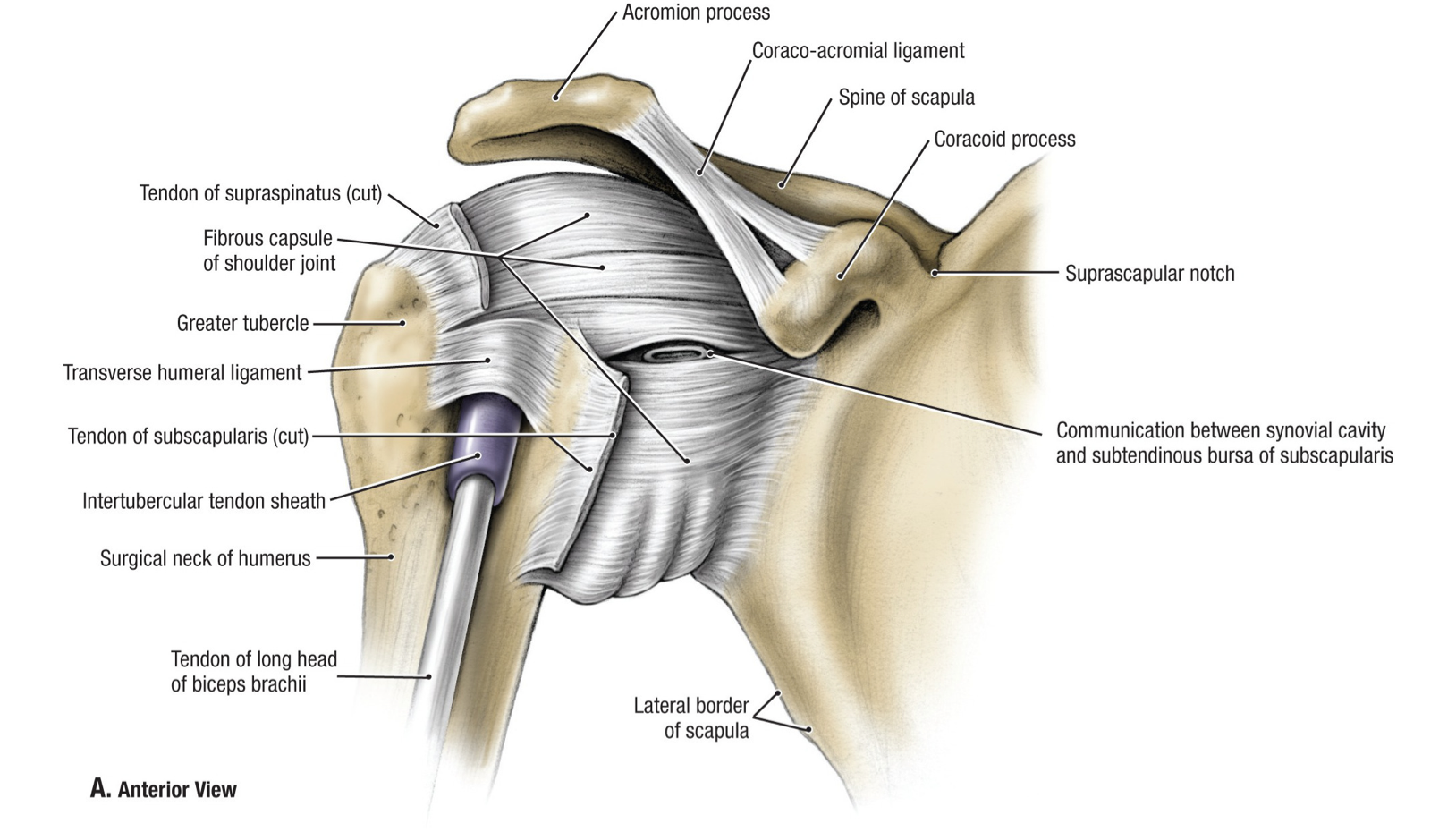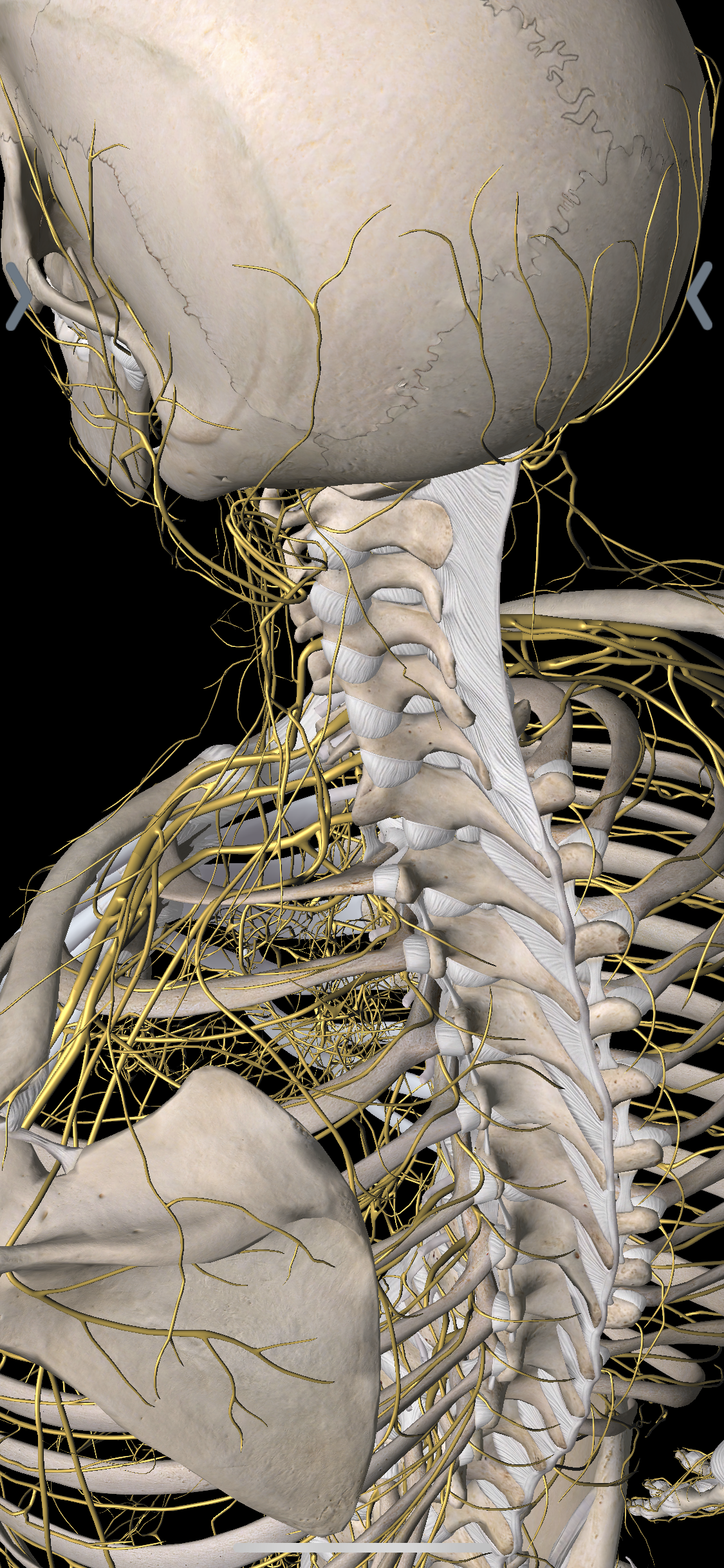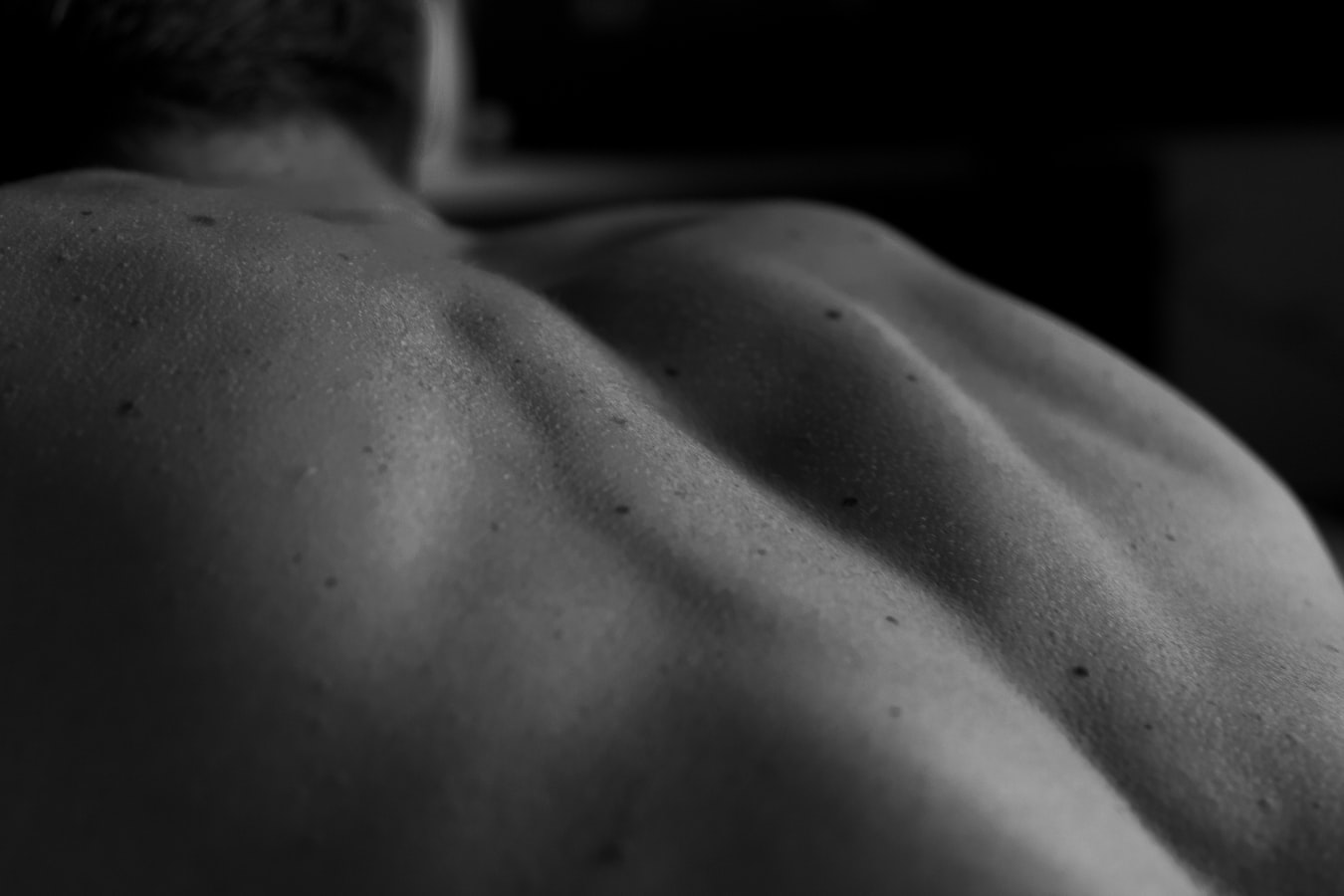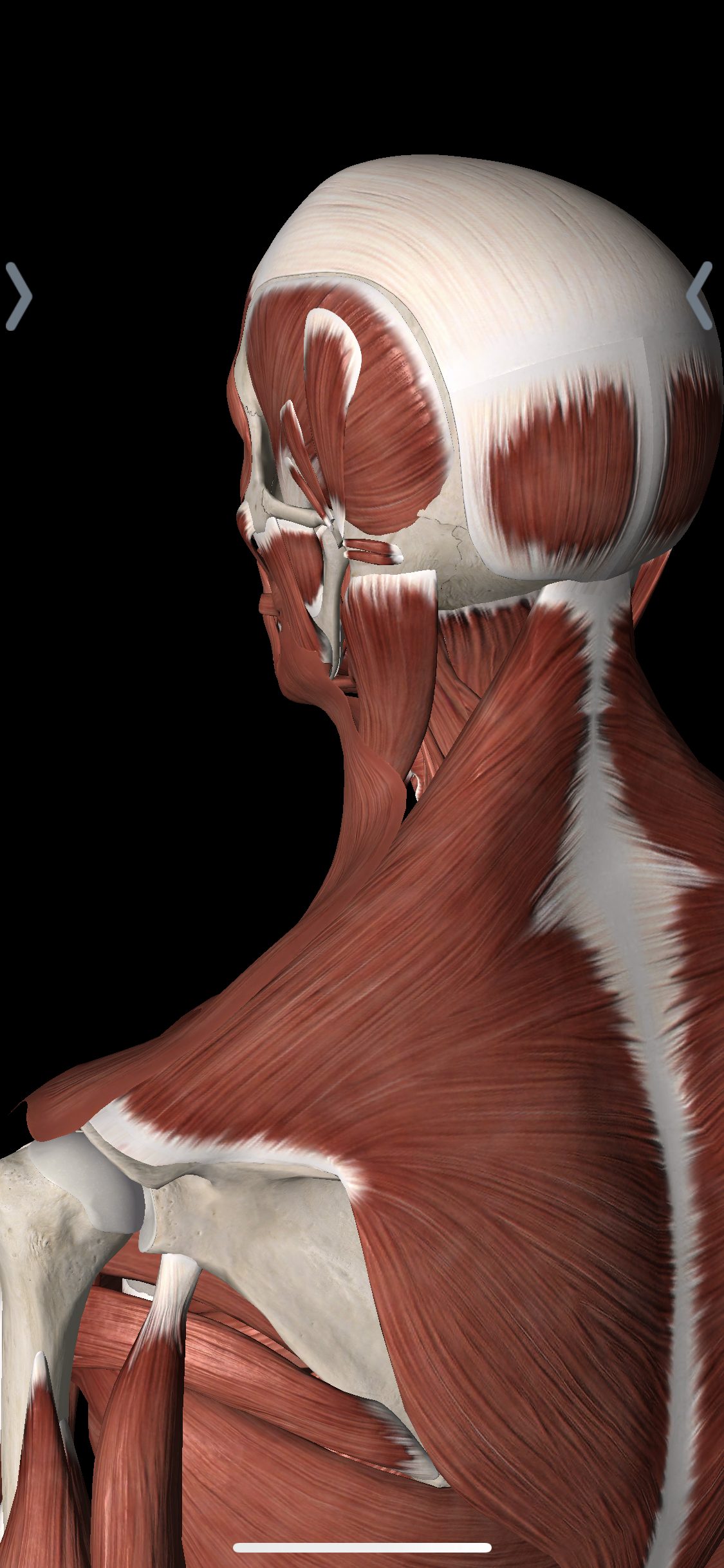Shoulder pain – although it may seem trivial – is a common and significant issue that affects up to 70% of individuals at some point in their lives. Depending on the severity of the injury, its impact can greatly impair your functionality, limit your ability to engage in desired activities, and reduce your overall quality of life.
I'm committed to changing this narrative. As a devoted Physical Therapist, my focus is on equipping you with the knowledge to understand the intricate role of shoulder ligaments, the composition of this complex body part, potential issues that can arise, and effective treatment strategies. Join me in exploring the fascinating details of this vital part of your body and learn how to keep your shoulder ligaments in prime condition!

Your Ultimate Guide to Peak Performance
When a computer has trouble running, the IT person knows the most common reasons for breaks down. Similar to that, Physical Therapists know the most common reasons why and how your shoulder hurts. There is plenty of ways the dynamic joint can go wrong, in order to understand we must do over anatomy of shoulder first But if you do get lost, take a couple seconds to google these muscles or joints, so you can picture them better!
First step, let's rule out the serious stuff.
Although many of you maintain overall good health, the hurdle lies in overcoming that persistent shoulder pain, especially when aiming to return to the gym. If you suddenly experience unexplained shoulder pain and find it challenging to replicate the discomfort with specific arm movements, our concern extends to ruling out any possibility of referred pain. Understanding the intricacies of shoulder ligaments becomes crucial in this scenario. While your goal is to hit the gym, we want to ensure that what seems like a 'out of the blue' shoulder issue isn't potentially connected to referred pain from the heart, which may manifest in the left shoulder, chest, neck, and even the upper back.
See your primary care physician if:
- You can't reproduce the pain with arm motions, and/or;
- You have any shortness of breath, heavy chest, dizziness, fatigue, or nausea.
Let's make sure your symptoms aren't more than muscle and joint pain.
Now that we got that out of the way, lets get to the nitty-gritty. The shoulder has some of the most dynamic movements of any body part, period. In order to do all of these movements, the shoulder needs many coordinating working parts. Your golf swing, shoulder press, rows machine, and grabbing that can of soup from the top shelf may use 15 to 20 different joints, which are all moving together.
For now, let's cover the main ones.
1. Glenohumeral Joint
The glenohumeral joint or the ball in socket joint - is the star the show. And is normally where everyone points to when I say "can you show me your shoulder"? The upper arm, called the humerus, makes half of this joint and it's ending acts as a ball. This "ball" sits in a "cup" called your glenoid, that is part of your scapula, also called your shoulder blade. This perfect fit allows the shoulder to move in almost any direction.
But the trade-off for such a well moving joint, is that it isn't very stable. Ball in socket joints are naturally less stable the other joints, so they need other back up systems to keep everything secured. Your shoulder is surrounded by ligaments that passively keep your glenohumeral joint tight in its socket. These ligaments are located in the front, back, and top of your ball in socket joint and make the "cup" deeper for your shoulder to sit in.
By passively, I mean these ligaments only pull a certain amount of force no matter the movement and do not actively contract. If they get stretched out, they may not be able to re-tighten. The main way these ligaments become stretched out is by dislocating your shoulder or shoulder instability. Instability happens when your shoulder isn't staying in that "cup" as tightly as before.
There are quite a few directions this can happen but typically the shoulder dislocates forward or downward, because these are the weakest and the most injury prone areas. Dislocation can lead to the humeral head or "ball" slipping out of the socket so hard, it can fracture or break off bone from the shoulder socket.
Read more about shoulder dislocations and joint instability
While shoulder ligaments are essential for stabilizing your shoulder, it's remarkable how your body recognized the need for an additional support system. Beyond just ligaments, there's another critical component wrapping around the shoulder joint, working in tandem to automatically stabilize during the most strenuous shoulder movements. Together, your shoulder ligaments and this specialized support duo ensure seamless stability when you need it most!
These structures, just like your ligaments, attach to the top, front, and back of the shoulder. They are known as your rotator cuff muscles and we have four of them. These muscles start by covering most of the front and back of your shoulder blades and also wrap around the shoulder. Not only do they help the shoulder rotate in and out, but they also keep it from rolling out of the socket. Sounds important right?
These muscles aren't very big, but if they get irritated they can feel like someone is poking a sharp knife in the back of your shoulder. This can happen from reaching out while falling, lifting something that is too heavy, sudden jolting movements, or with general wear and tear.
When these injuries happen, our shoulders aren't as supported. The rotator cuff muscles don't pull on the humeral head as it moves causing the shoulder to become more unstable and painful. This creates more pain with overhead motion and limited strength when lifting objects.
Read more about signs and symptoms of rotator cuff injuries.
So you may be thinking: are all of the issues with the shoulder coming from the joint moving too much? Mostly, but there is one major shoulder condition that actually causes the opposite effect - causing the shoulder to get stuck.
Your shoulder is what we call a synovial joint, which is what most of your major joints are classified. A synovial joint has a "capsule" that the joint sits in, this capsule is full of fluid and lined with cartilage. The cartilage makes the endings of the joint nice and smooth and the fluid acts like how oil works in your car engine. The combination of the cartilage and fluid creates the most supported, smooth running joint that handles a ton of wear and tear.
The joint lining is where this condition called frozen shoulder occurs. This can happen for multiple reasons, but it always involves the shoulder capsule getting inflamed to the point where it starts creating scar tissue.
Read more about the stages and causes of frozen shoulder.
2. Scapulothoracic Joint: Your Shoulder Blade
We've delved into various conditions impacting the primary joint of the shoulder. As you've discovered, the shoulder joint resembles a golf ball on a tee, and if that tee (the scapula) is misaligned, it affects the stability of the entire shoulder.
This 'tee' is an integral part of your shoulder blade or scapula, perched atop your rib cage, forming connections with an array of muscles. This intricate network enables the scapula to glide and rotate across the upper back. Just observe your shoulder movement in front of a mirror—rolling shoulders or raising your arm overhead—to witness this dynamic interplay. The scapula and the thoracic spine share an indirect connection through these muscles.
Curious about the muscles linked to the shoulder blades? Your pectoralis muscles, trapezius, rhomboids, rotator cuff muscles, latissimus dorsi, and segments of your biceps and triceps, among others.
Your shoulder blades serve as a mobile foundation for these muscles, ensuring stability in the shoulder. However, this mobile base can easily fall into a forward shoulder posture, often adopted during desk work, TV watching, or smartphone use. Maintaining awareness of this dynamic interplay is crucial for preserving not only the shoulder ligaments but the overall health of your shoulder joint.
This change in mobility in our shoulder blades can lead to certain muscle attachments becoming strained or overused, causing pain in or around the shoulder blades. This can also lead to certain rotator cuff muscles becoming pinched, irritated, and even tearing. This is why your shoulder blade mobility is so important.
As previously discussed, the attachment of the shoulder blade extends to the ribs and mid-spine, referred to as the thoracic spine, marking the transition of the shoulder from a simple joint to a complex structure. The intricate interplay of muscles and ligaments orchestrates the engagement of your shoulder blade with over 12 thoracic spinal joints, the 12 ribs and their associated joints, the anterior attachments of these ribs, all 7 neck joints, and the skull. This comprehensive network highlights the role of shoulder ligaments in influencing the functionality and stability of the entire shoulder complex.
While I may not have covered every joint in detail, we're currently navigating a complex network of 37 interconnected joints influenced by the shoulder blade. Any concern related to the shoulder blade can manifest in various areas, such as the shoulder, low back, ribs, or neck, and potentially trigger symptoms like headaches, numbness, tingling, painful breathing, discomfort between the shoulder blades, or chest pain. Undoubtedly, the intricacies involved make this a complex and multifaceted scenario, a challenge that demands careful consideration and expertise. As I delve into these complexities, I approach the subject with confidence and a commitment to unraveling the intricate relationships within this anatomical landscape.
Your thoracic spine is primarily responsible for almost all the turning or rotation of your trunk. Believe it or not, there really isn't a time that you raise your arm and don't rotate at least some of your thoracic spine. Your ribs are similar and can spread or collapse on each other. This isn't only for adequate breathing and oxygen intake, but to allow the shoulder more flexibility with various overhead or reaching tasks.
If these two structures become sprained, strained, fractured, or just become stuck, it could limit up to half of your shoulder motion.
This is why if you do have pain in between the shoulder blades, it pays to have a professional look at all of these connect joints. This includes mobility, posture, daily requirements of the shoulder, muscle performance, and range of motion. The number one priority is to figure out the primary cause of your shoulder blade pain. This is a difficult one to figure out on your own!
More information on pain in between the shoulder blades
3. Collar Bone or Clavicle
The other part of your shoulder that is probably the least mentioned is your collar bone or the clavicle. Your collar bone attaches to your sternum in the front of your chest wall. It also runs overtop and protects the nerves responsible for moving as well as sensation down your arm. Most people don't think the shoulder has two ball and socket joints, but if your follow along the attachment of your collar bone to your chest, you will feel a mini ball in socket joint called the sternoclavicular joint, that rolls upward, downward, and side to side as your raise your arm.
Through this joint your shoulder attaches to the chest bone and front of your ribs. Another key attachment of the clavicle is to your pectoralis major (pecs). This powerful muscle not only is responsible for pushing, but also elevation and stabilizes across your entire upper chest wall. Your pectoralis even has indirect pull into your core through your body's connective tissue.
Your collarbone also attaches on the other end into the scapula or shoulder blade through a bony outgrowth called the acromion. The clavicle attaches through multiple ligaments to create you acromion clavicular joint or AC joint. This joint amazingly allows your shoulder blade to be able to do even more movements like rotation and even tilting forwards and backwards!
Unfortunately all of this can be affected if you break your clavicle, read more here!
This joint has a lot of small but important ligaments to keep it stable but flexible. Unfortunately, this joint has a weakness, which is exploited when you fall directly onto your shoulder. This direct force can lead to rupture of these ligaments or of the joint.
There are different grades of sprains relating to how many ligaments are torn. If the injury is minor, you may be able to get away with rehabilitation, but if it gets bad enough surgery may be needed.
Read more about AC joint sprains
4. The Unofficial Part of Your Shoulder: Cervical Spine
I wanted to dedicate a small section of this blog to your neck, because even though it technically isn't part of your shoulder joint, it might as well be one. The connections between your neck and your shoulder are so vast that any practitioner who isn't ruling out a neck issue with shoulder pain is missing a huge piece of the puzzle.
Your neck is essentially seven spine segments that rotate, bend, extend, side bend, and stabilize to provide a solid base for your shoulder to move. It also supplies the nerves that are responsible for moving all of the muscles in your arms, and all of your feeling in your arms. Oh, and by the way, it also protects your spinal cord, keeping you from becoming a quadriplegic. Not bad right?
Your cervical spine could be a whole separate blog, but I thought it was at least worth a mention here!
Read more about shoulder and neck pain





